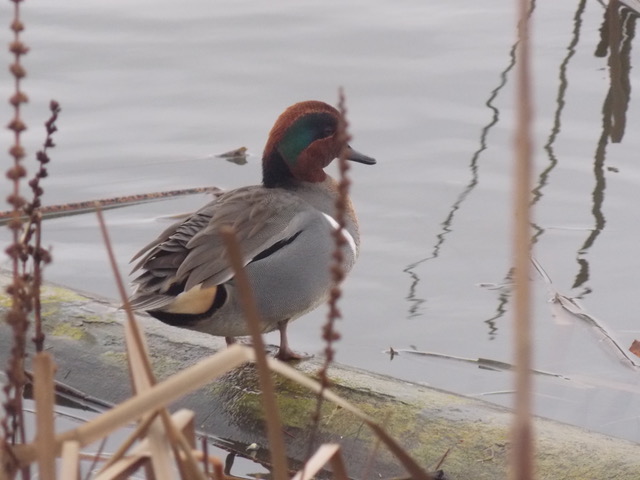Read Time:2 Minute, 2 Second
Acadia Research: Plastic Consumption by Waterfowl
By Erika Holland, BScH MSc (candidate)
I am a second year MSc student at Acadia University researching plastic ingestion by waterfowl found in Canada. When I started my research a year ago, there was no information available on plastic ingestion by freshwater birds, in contrast to the wealth of information for seabirds. Since the 1960s, studies have found plastics in the stomachs of many seabirds. In 2015, 56% of seabird species ingested plastic, and current estimates suggest that, without major changes, 99% of all seabird species will be ingesting plastics by 2050. These high ingestion rates correlate to high volumes of litter present in marine ecosystems. Seabirds often mistake plastics for food, leading to a variety of negative effects, including internal abrasion, false feelings of satiation, starvation, and death. These plastics can be released directly into oceans by beachgoers or vessels, or may be transported via freshwater systems.
Our wastewater is released into freshwater systems, often carrying with it plastics too small for wastewater treatment plants to filter. In particular, microplastic particles are defined as being less than 5mm, and can be deliberately manufactured, or inadvertently created through the breakdown of larger debris. Breakdown can occur in anything from plastic drink containers to your laundry, with a single load of laundry containing acrylic fabric releasing up to 700,000 microplastic fibres. Manufactured microplastics, such as the microbeads widely used in cosmetics as exfoliating agents, are flushed into our waterways after a single use. The United States alone releases 263 tonnes of microbeads per year. The staggering volume of debris released into our freshwater ecosystems led me to question why research into freshwater birds was not being conducted. My research is designed to address this knowledge gap.
In 2015 I contacted hunters across the country and asked for waterfowl digestive tracts. I received 350 submissions and, using standard protocols for quantifying ingested debris, I performed dissections and subsequent dietary analyses. I found approximately 11% of birds had human-derived debris in their digestive tracts across all 18 species studied, including metal, plastic, rubber, and paint flakes. This year I am continuing this research to determine where birds pick up this debris. To do this I am once more requesting submissions of avian digestive tracts. If you, or anyone you know, hunts and would like to take part in this valuable research, please contact me at erikaholland@acadiau.ca for further information.
